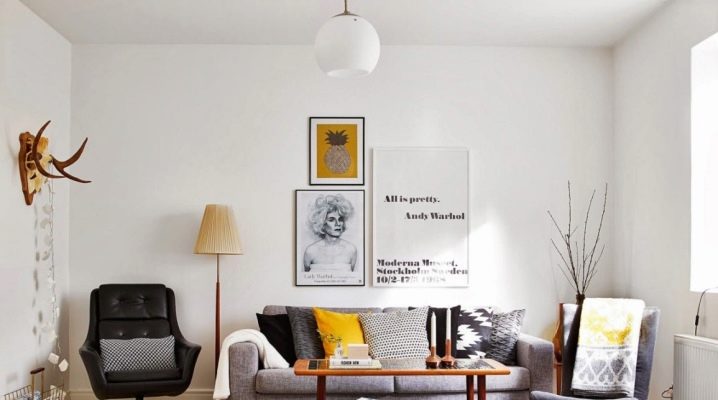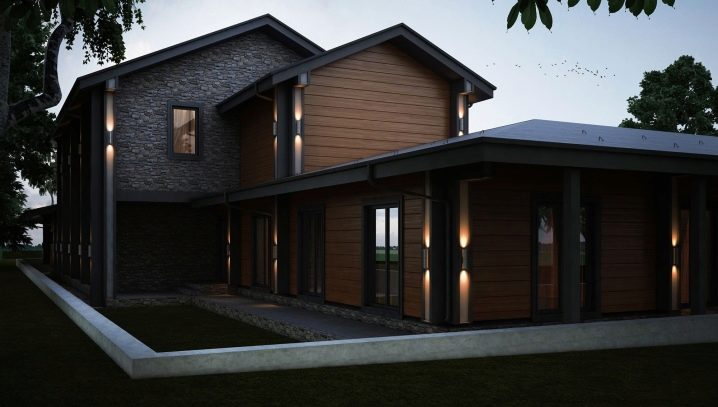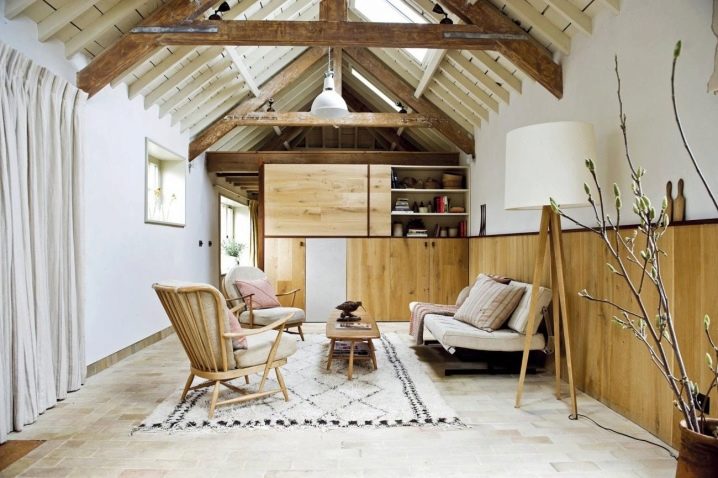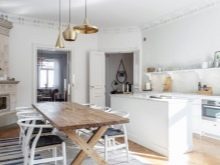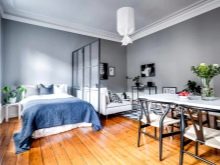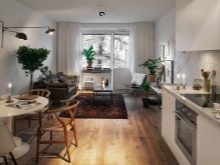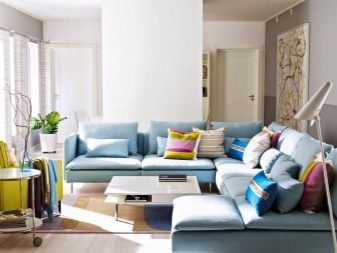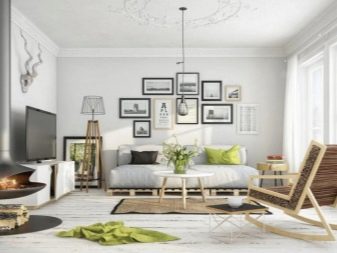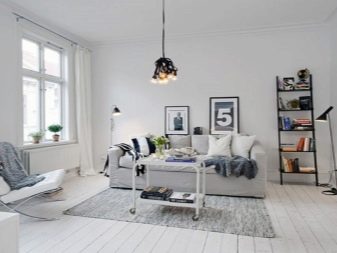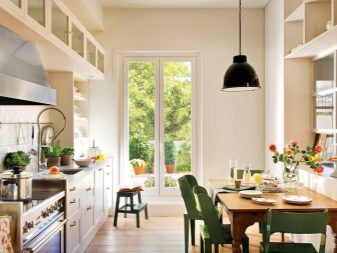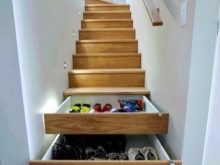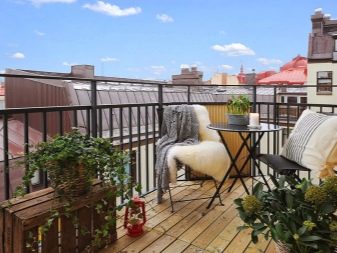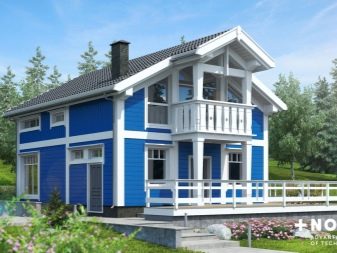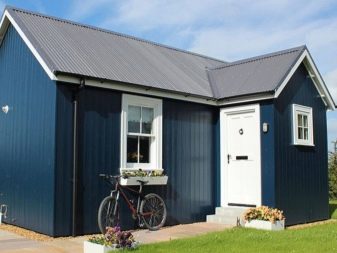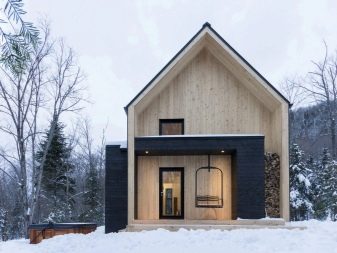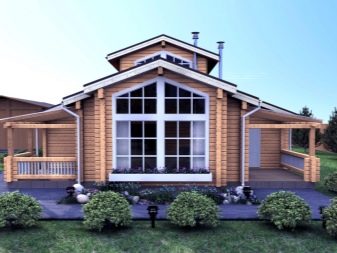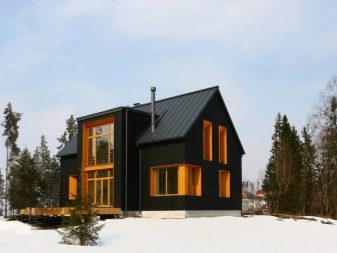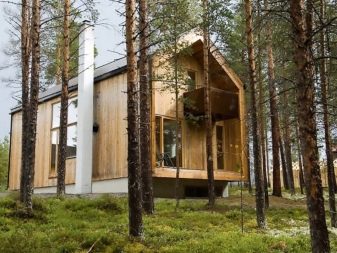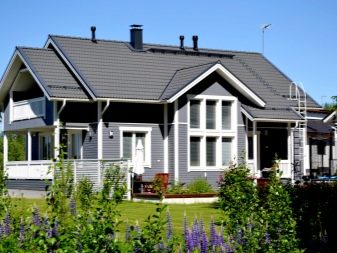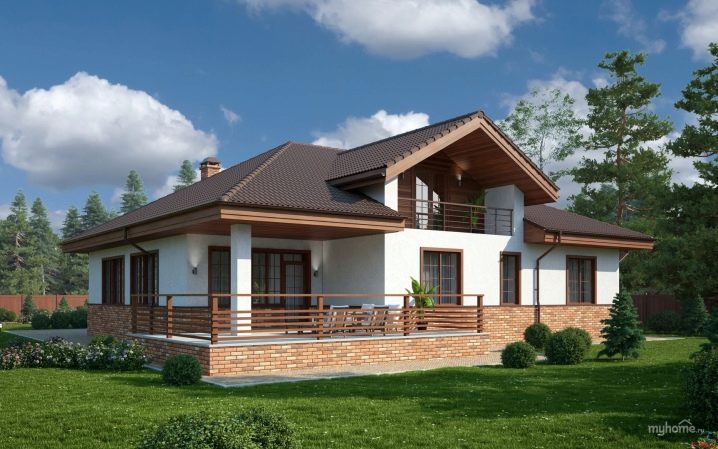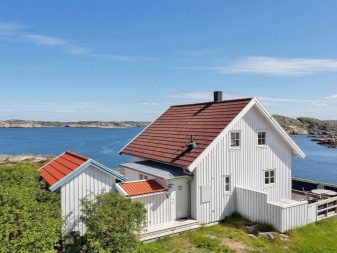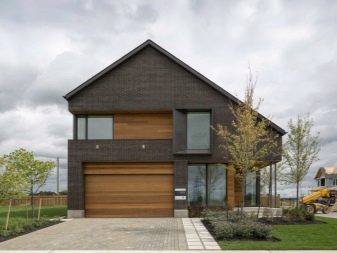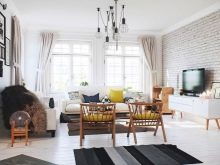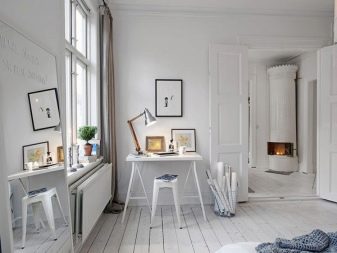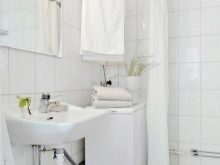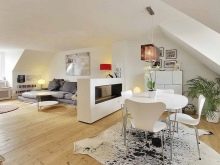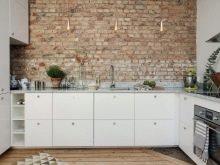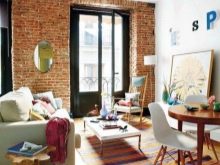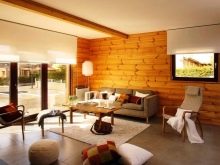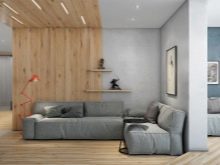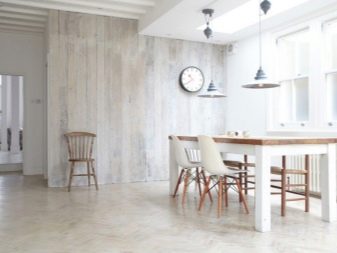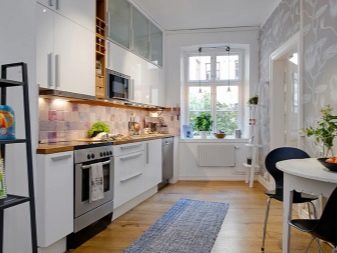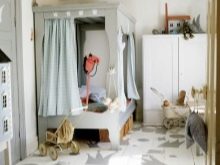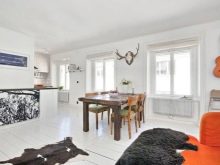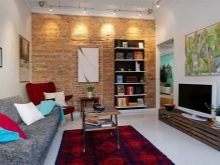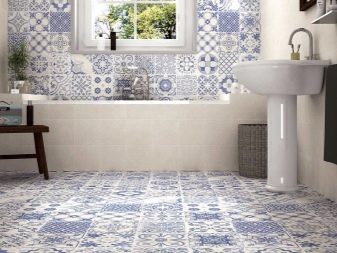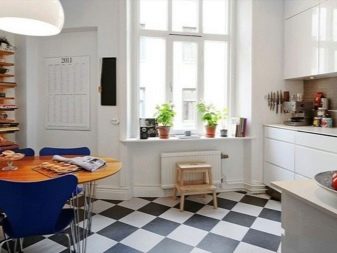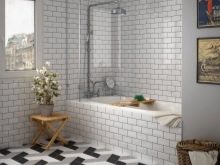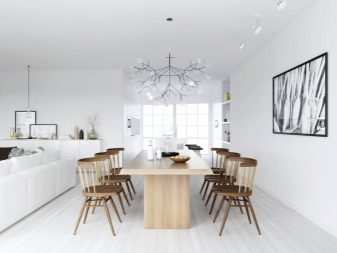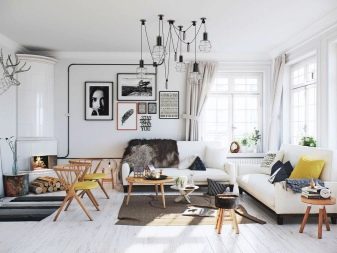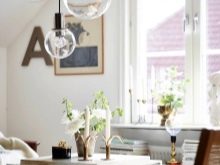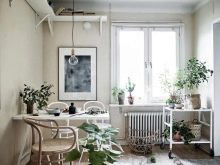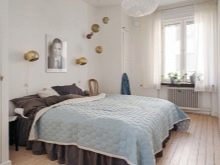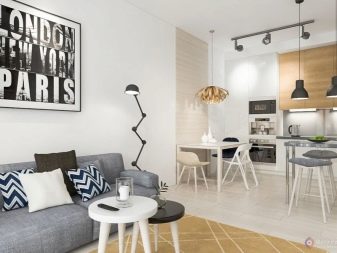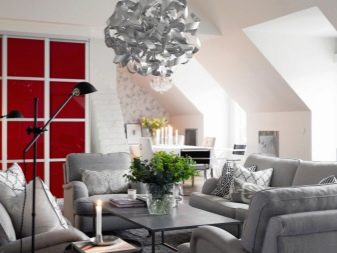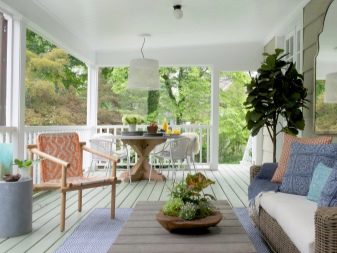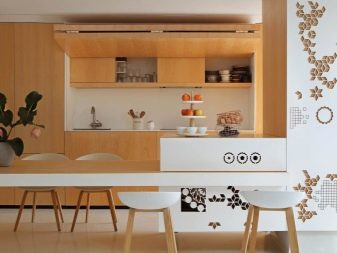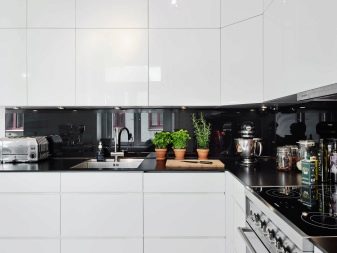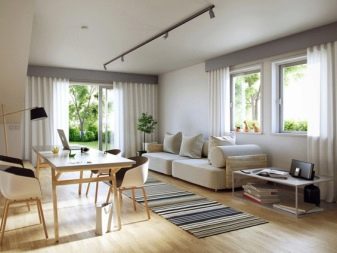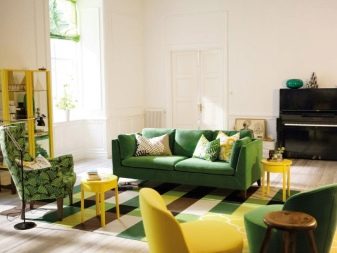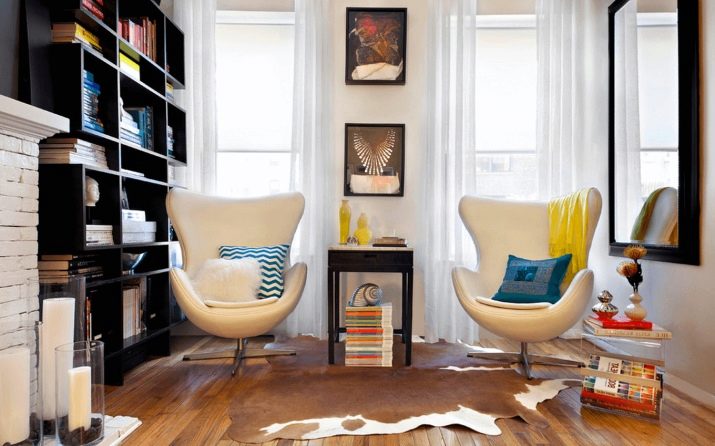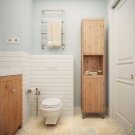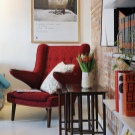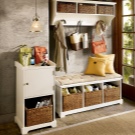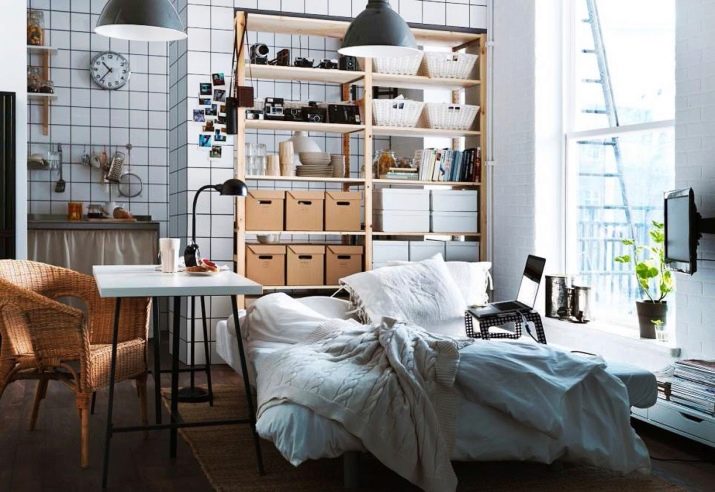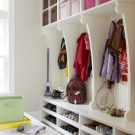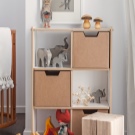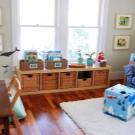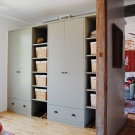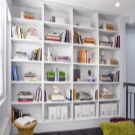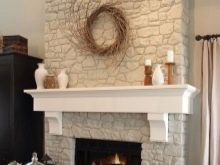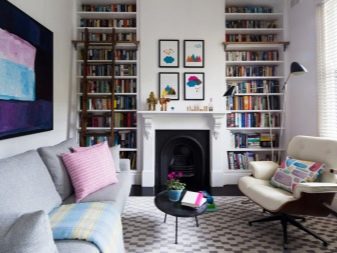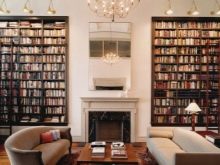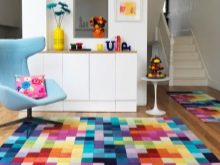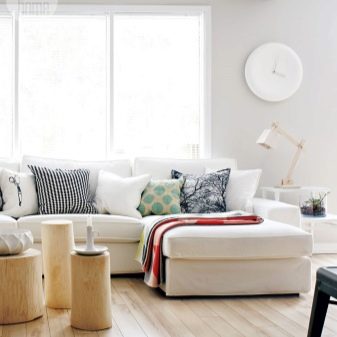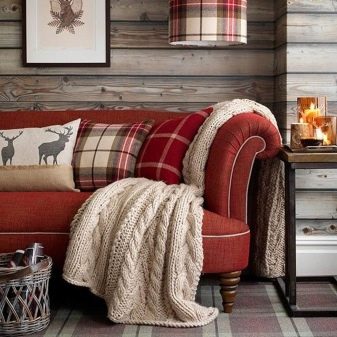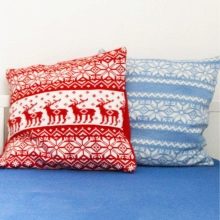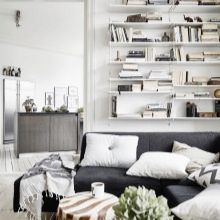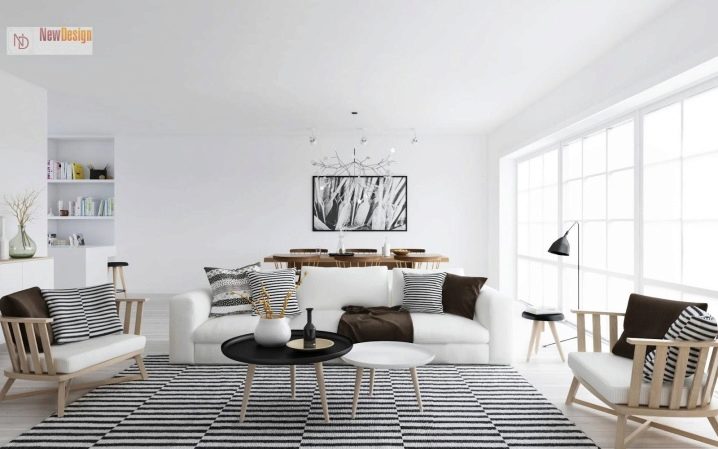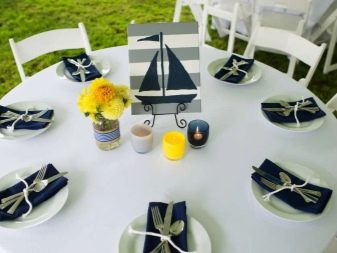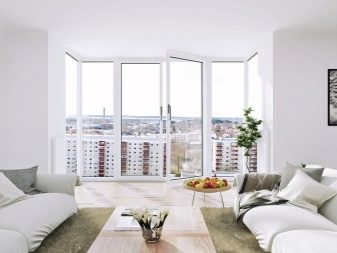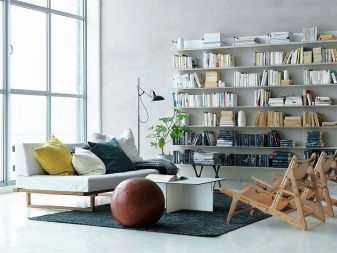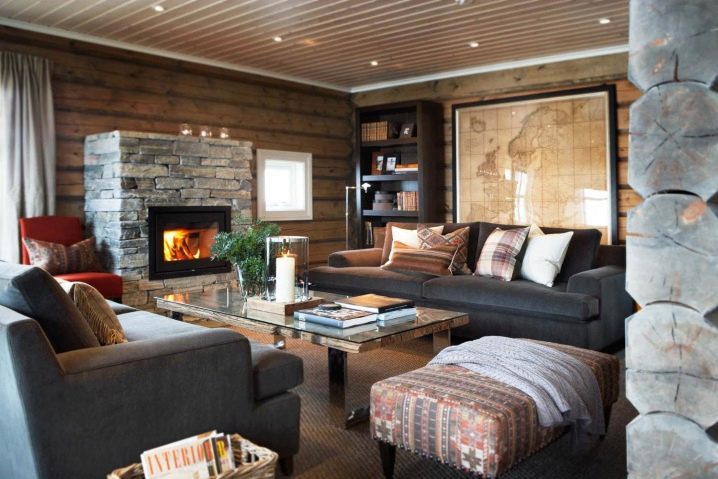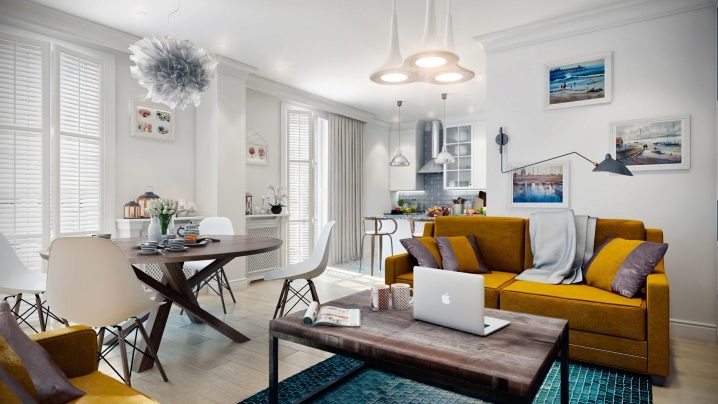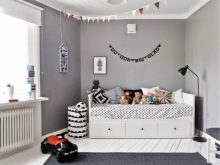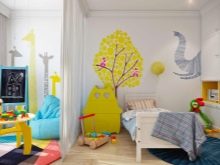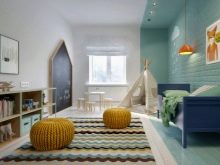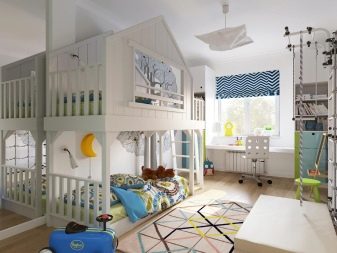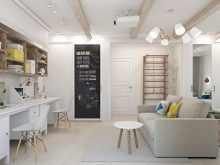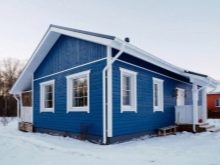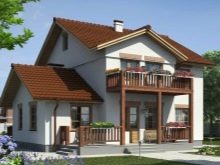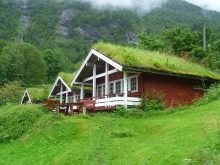Scandinavian houses: beautiful design ideas
A house with a hint of Scandinavian design in architecture and interior design has not been called exotic for a long time. At the moment - this is one of the most popular stylistic trends. Fashion magazines and designer shops are replete with ideas for decorating beautiful interiors in the style of the peoples of Northern Europe.
After all, Scandinavia brings to the house the spirit of the northern peoples and all those valuable character traits that they possess. Of these, the love of nature, frugality, family and measured pace of life stand out. No one else can so enjoy life and appreciate its every moment as the indigenous northerners. Let's try to figure out what the special characteristics and accents of the Scandinavian style in the internal and external design of houses.
Distinctive features
Scandinavian design is distinguished by:
- Maximum amount of natural lightas well as finishing materials and decorative elements, decorated in light shades of a color palette, which visually increases the space. Also contributes to this and the natural flow of different territorial areas of the house into each other. So, the kitchen can be combined with the living room or dining room, not allowing natural light to face obstacles in the form of extra doorways.
- Natural materialsused in construction, decoration, furnishing of the premises and textiles. If there is no “naturalness” in certain aspects, Scandinavia implies visual simulation of it. For example, artificial bricks, fur and other materials.
- Practicality. Any accessory or interior design suggests its direct use. Northerners are not lovers of fanciful luxury.
- Modesty in the design and furnishing.
The Scandinavian design of a separate small room or a huge country house with a terrace is, first of all, a mirror of the owner, which reflects his attitude to life, a sense of style and comfort.Despite the traditions inherent in this style, the direction is the most modern and relevant.
Note Scandinavia in the interior is suitable for anyone who appreciates the comfort of the home and the warmth of his home.
If you have always dreamed of living in a bright space filled with serenity and serenity, you can always opt for the Scandinavian style.
Let's step by step analyze the features of the Scandinavian interior in construction and design.
Number of floors
As in any project, the construction of a house begins with its planning. As mentioned earlier, the Scandinavian style looks great on both small and quite spacious squares. That is why the house can have not only a mini-layout. Most often, Scandinavian-style private houses have no more than two floors.
In the event that the house is two-storey, a wooden staircase connecting the tiers between them serves as a separate element of the interior. It can be an accent or, conversely, performing an extremely practical function, concisely fit into the interior. For example, spiral staircases with large wooden steps can refresh space,and standard-type ladders are a purely practical element, including a storage system in the form of boxes built into the steps.
In single-storey houses, the attic is often the second tier. Houses with a mansard look special not only for their appearance, but also thanks to the internal layout. Attic floor can combine a cozy place to relax, a children's room with the possibility of access to a spacious minimalist balcony. The functionality of the attic room is directly dependent on its square and the angle of slope of the roof.
Facade
If the guest is met by clothes, then the house - on the facade. It is his artistic and architectural appearance that influences the first impression left by the house in the person’s memory: whether it will be a warm acceptance or a misunderstanding.
Also, the facade of the house assumes full compliance with the location of the building. Thus, timbered cottages are most often found in natural landscapes outside the city, and buildings that outside seem to be ultra-modern, within the city or metropolis. In the versatility and relevance of the Scandinavian style is another of his greatadvantage.
The exterior of the Scandinavian style primarily implies practicality, and, of course, conciseness. Northerners are very fond of the phrase "low-key beauty", which is perfect for describing the external appearance of most of these houses. Norwegian buildings are a clear confirmation of this. As a rule, the roof has a simple gable shape, and the facade of the house itself is not distinguished by a large number of details or accents.
Initially, the house can be wooden, built of logs, chopped by hand or frame, which further also affects the need for its exterior decoration. For the decoration of the facade of frame houses most often used wood. Natural materials are not the cheapest option, but, unequivocally, they look decent. Often wood is covered with dark shades of paint. The most popular are dark blue, maroon, deep emerald, chocolate shades.
A more economical option is to trim the house with siding.
Window
Windows, beams and trim are also elements of the facade of the building and greatly affect its appearance. The peculiarity of such a house is the presence of high rough windows, sometimes one of the windows can go onto two floors, thereby combining them or having a panoramic design.The frames are made of coarse wood and very massive. The platbands are absolutely minimalist, as a rule, contrasted with the color of the building.
Roof
The roof of houses in the Scandinavian style is most often tiled or decorated with painted metals. It has a pitched structure and, as a rule, steep slope angles.
Interior finish
What is hidden inside such a concise and fascinating home? Color, light and general mood are initially set by its internal furnish. Even in many respects being minimalistic, it implies the observance of some rules in creating a single interior style. Let's look at some important aspects in stages.
Walls and ceiling
A great solution for Scandinavian style walls is white. It was he who reflects the sun's rays, filling the space with light, which is so lacking in the north.
The first step is white or beige plaster. Most often, the walls are ideally smoothly plastered and covered with light shades of colors, and the choice of colors can vary from the color of coffee with milk to the ebb of soft blue. When choosing, it is important not to put yourself in an extremely white frame, but to continue the search for the best option.The Scandinavian style approves the presence of no more than one or two leading colors, so multicolor should not be allowed.
The choice in favor of paint does not limit the flight of fancy, sometimes as an accent some of the walls are covered with wallpaper. For example, collections of coverings of Swedish companies do not exclude small ornaments and also provide a sufficient choice of ideally suitable patterns.
Quite often, you can find brickwork or wood wall decoration, which especially adds to the interior comfort. It can be both wooden panels and wooden boards arranged horizontally. The shade of the tree can also vary.
In addition to painting the walls can be attributed to the ceiling. Most often, it is also executed in bright colors. Ideally aligned, it is complemented by elements of artificial lighting, such as diode lamps or chandeliers.
Floor
Natural wood flooring is very often found in a similar interior style. Wood is coated with varnish or special oils that perfectly emphasize its texture. This coating emphasizes the whiteness of the walls and makes the room visually warmer, and the delicate shades of wood perfectly complement the carpets that add accents.As a rule, large pile carpets or artificial skins contrast with the color of the floor covering.
Unlike wood, which covers most of the flooring of a house, kitchen and bath areas are often made with checkerboard tiles. Ceramic tiles with different patterns perfectly complements the space and territorially divides it, adding diversity.
As soon as the interior cosmetic finish is complete, and the zoning stage is no longer the most important issue, the time has come to fill the space. Time to pick up furniture, combine textiles and other small items that complement the space. Time to put everything in its place.
Lighting
Perhaps one of the key elements of the interior. As already mentioned, Scandinavia is the maximum of natural light, which is why northerners get rid of curtains on the windows without regret. Light white tulle or natural cotton can be a rare exception.
But how to be in the evening? The Danish habit of lighting a large number of candles is unlikely to help provide full coverage. Come to the aid of minimalist in its design sources of light.For example, diode chandeliers, distinguished by their ergonomics.
Another advantage of this light source is the power of the light flux and its directionality. Compared with alternative light sources, diode lamps instantly flare up, and can also have different colors and shades of color, which also helps to play with the design of the room.
Artificial light sources should be sufficient, which means that the chandelier alone is indispensable.
The rule is that there must be three sources of light in any space. Of these, the main is the main lighting in the form of a chandelier, additional - directional lighting, such as lamps or floor lamps and the third type - decorative, complementing the space and its atmosphere.
Any light source can be a harmonious part of the interior or a separate art object that adds special emphasis. So, northerners are not afraid to use a variety of alternatives in lighting: table lamps, floor lamps, wall and ceiling lamps, hanging lamps for terraces and the design of the adjacent territory. Light sources can be of different shapes and sizes, made of different materials.
Furniture and decor
Most likely, you have already guessed that the furniture in the Scandinavian interior is as practical as possible and looks restrained and concise. But not only in these features, the feature of furnishing such premises.
The fact is that modern Scandinavian design perfectly combines elements of historical nature and absolute novelties. Thus, in the room with the same success can fit a vintage furniture masterpiece 50-60-ies. from the Swedish flea market and a simple modern floor lamp. Not everyone is a connoisseur of designer antiques and is willing to pay a lump sum for a shabby wardrobe. Someone is trying to arrange a nice little country house, and someone is a spacious country cottage.
An alternative solution is the affordable Swedish company Ikea, supporting the canons of minimalism and practicality. Everything from large furniture, items for a complete bathroom or kitchen arrangement to the smallest textiles and décor can be easily found among millions of your favorite Swedes.
The main thing is to present the final image of your unique space in your head, and there, as they say, “there is an idea - there is Ikea”.
This furniture emphasizes the promise that was originally laid in the appearance of the house and its interior decoration. Furniture puts accents, while remaining as simple as possible. Pretentiousness is not about the Scandinavian style. There will be no bends and unnecessary details on the handles of the cabinet, on the contrary, maximum simplicity and, of course, practicality.
Often the furniture is made of simple wood, such as birch, beech, pine: chairs, coffee tables, kitchen sets, spacious wardrobes or convenient storage systems in the form of racks. Wicker furniture remains very popular. It can be wicker comfortable armchairs, softened with blankets or pillows, stools, wicker elements in wooden headsets, as well as floor boxes, convenient for storage.
Storage systems and respect for them are, perhaps, a special point of furnishing a room. Northerners, as true connoisseurs of minimalism in everything, also love a clear structure and organization both in life and in housekeeping.
From here you can see a special relationship to storage systems, the logic of the organization of space in external manifestations,but also inside certain cabinets or closets. Nothing more - the motto of the Scandinavians.
One of the main attributes of the Scandinavian style is the fireplace. It is not always practical, but it plays an important role in expressing the value of traditions and introduces a special touch of warmth to the interior. Fireplaces can be made of brick or cast iron, as well as made out in a classic or modern style. What will be your fireplace, fully depends on the overall style of the room in which it is located.
The decor of such spaces is expressed in accents. The decor is every thing that has practical application, whether it is a carpet on the floor or a stylish lamp. Even a large bookcase, complete with candles and a poster, is an excellent interior solution.
Textile
The cold of the northern Scandinavian nature is more than offset by the presence of various textiles. He creates additional comfort and fills the house with warmth.
In choosing textiles it is also better to give preference to natural fabrics. The living room is perfectly complemented by a pair of cozy blankets in pastel shades. Pillows can be used not only in the annex to the sofa, but also as separate seats on the floor.If we conditionally zone a place for reading, then a pair of pillows with Scandinavian ornaments will harmoniously complement such a corner.
Textiles are also very popular in serving dinner tables. Joint family meals are a special value and procedure for northerners.
The Danish concept of “Hugge” encourages us to listen not only to what we eat, but also how we do it. Any dish on the table should be not only delicious, but also exquisite served to turn each individual meal into a small ritual.
In the setting will help beautiful white tablecloths, napkins, decorated with inconspicuous harmonious ornaments. You can add beautiful dishes, candles and an exquisite Scandinavian-style table ready!
Interior options
If, having become acquainted with the main features of the Scandinavian interior, you still lack inspiration for planning your own corner, take a look at some interesting ideas.
Cozy snow-white living room filled with light. Several types of lighting, multi-layered floor textiles. Particularly cozy rooms create details that complement each other.
Or subtle minimalism, but still the same fullness of light and the use of natural materials.
Spacious room for a family holiday or reception. Fireplace and wood paneling add special warmth to the space. You can also track natural materials in everything from furniture to textiles.
Excellent examples of harmonious flow of one zone to another. Kitchen without conflict is adjacent to the living room. The room looks full-fledged due to correctly placed color accents. The whiteness and simplicity of the walls and furniture are complemented by wooden elements, bright sofa casing, as well as details such as posters and kitchen appliances, which in this case is not only a practical function.
As you can see, Scandinavian design harmoniously fits not only into any square, but also into any type of room, examples of children's rooms are proof of that.
Environmentally friendly materials, soft pastel colors, a combination of several light sources: the interior does not look too childish, but, on the contrary, from a very early age instills a sense of style.
Exterior Examples
The classic version of the exterior of the house, designed in the Scandinavian style. Blue and white finish, clear lines, sleek design.
Scandinavian simplicity and brevity are great for lovers of classic and modern style. Natural materials, contrasting colors, strict form. An abundance of greenery will help to add comfort to such a house: indoor plants, well-groomed lawn, green plantings around the building.
The unusual decor of the pitched roof with the use of landscaping will help to make a small cozy house truly original.
How to decorate the interior of the apartment in the Scandinavian style, see the next video.
